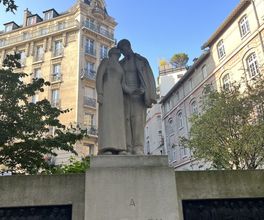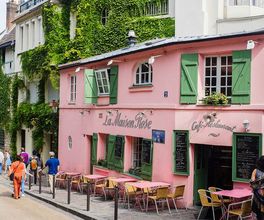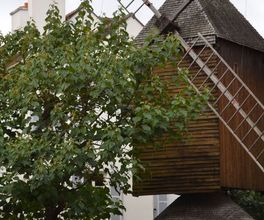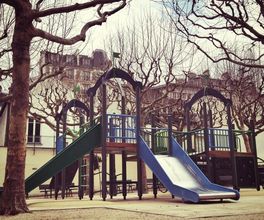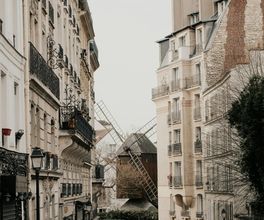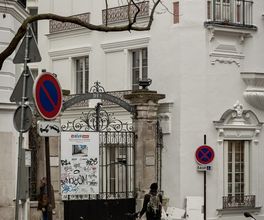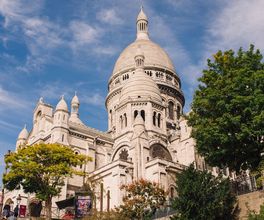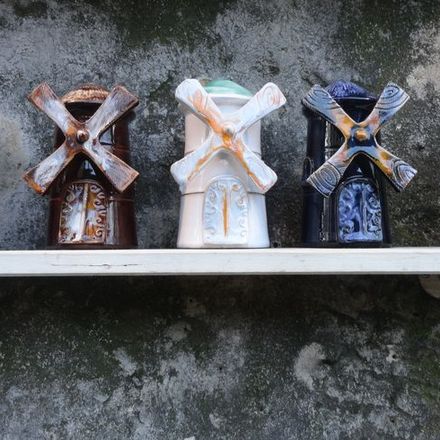
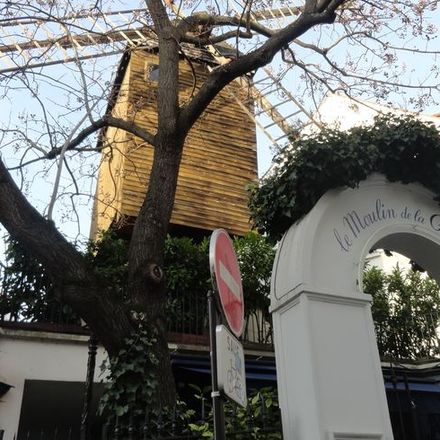



About this experience
'The Hill of Artists' or 'The Mount of Martyrdom,' Cannot the first exist without the second? At the beginning of the 20th century, it seemed that the two were inseparable. Although Montmartre is permeated with memories of torments – creative, mental, and physical – this not only does not make it a gloomy place, but on the contrary, it gives it a demonic charm, which still attracts artistic personalities like a magnet. Shall we check this out?
What to expect
Unexpected angles, hidden passages, and 'two-faced' landmarks. Is Sacré-Cœur really as divine and white as it seems? Oh no, we will see its dark side instead. Are the gates with the sign 'Private Property' really inaccessible? Oh yes, but we will still try our luck and attempt to sneak in somewhere without an invitation. What secrets are hidden behind the bucolic landscapes of Montmartre from the postcards of the early century and behind the funny illustrations of Francisque Poulbot? Oh, the darkest and tearful ones!
The underbelly of the major Parisian anecdotes. 'Montmartre is more in Paris than Paris in Montmartre' – proud residents of the Hill like to repeat, meaning that gypsum and limestone from local quarries were used in the construction of the capital's buildings, and thanks to them, a specific shade of 'Parisian white' appeared in the palette. The quarries are long filled in, the entrances to them are closed with grilles, but even now, skilled seekers extract plots from Montmartre to construct the Parisian myth. Poor avant-gardists, donkey-painters, wine instead of water, a baguette instead of food, berets, smocks, scarves and drawing pads, loose beauties, absinthe and marijuana, the fairy Amelie and the witch La Goulue, free morals and cruel repressions… Most of what you know about Paris originates from Montmartre, which itself became Paris just a century and a half ago.
Enthusiastic guide. I am a curious seeker and a meticulous researcher of urban myths. For me, preparing for the tour is not about collecting dates and names, but about writing a script, intertwining plots, and sculpting characters. Walk with me along this hill, crisscrossed and worn out, and the worn-out word 'Montmartre' will be filled with vivid images and anchor associations for you. The presence effect will be complete. You won't even notice the crowds of tourists because I will immerse you in a fairy tale of creativity, debauchery, decadence, and at the same time, indomitable zest for life – the hereditary elements of Montmartre's atmosphere.
Route
I will list only the main landmarks because the most interesting things are between them:
- Avenue Junot
- Castle of Mists
- Place Dalida
- Cabaret 'Le Lapin Agile'
- Vineyards
- Museum of old Montmartre
- Place du Tertre
- Sacré-Cœur Basilica
- Restaurant 'Moulin de la Galette'
- Artists' Hostel 'Bateau-Lavoir'
- Cabaret 'Moulin Rouge'
Who is this tour for
Good walkers without rheumatism, leg injuries, heart failure, and excessive moralizing. Due to the abundance of scandalous stories and descriptions of questionable habits of the early century, it is recommended to shield children under 14 years from this walk.
Attention
Although the tour takes 2.5-3 hours, you won't go wrong if you allocate a whole day to Montmartre. There are plenty of charming shops and attractive cafes here, and I will gladly share their passwords, tokens, and everything I know about the owners with you. But I suggest exploring them on your own, otherwise, we will slow down our pace and lose the thread of history. The same goes for the Sacré-Cœur Basilica (allocate 40 minutes after the tour to go inside, descend into the crypt, and climb under the dome) and the Museum of Old Montmartre (2 hours for a thorough exploration). 'Le Lapin Agile' cabaret and 'Bateau-Lavoir' hostel are closed to idle visitors.
Extra costs: there are no additional expenses within the tour
